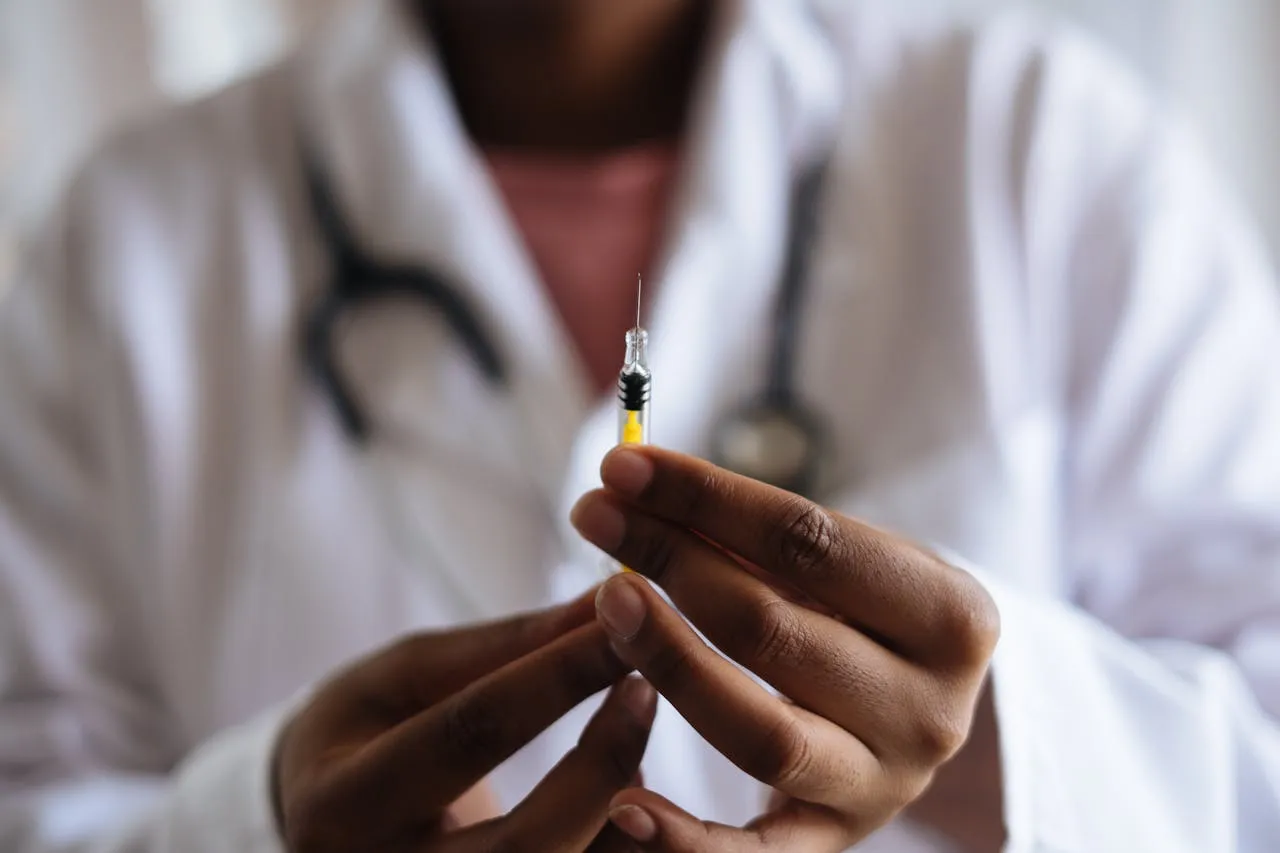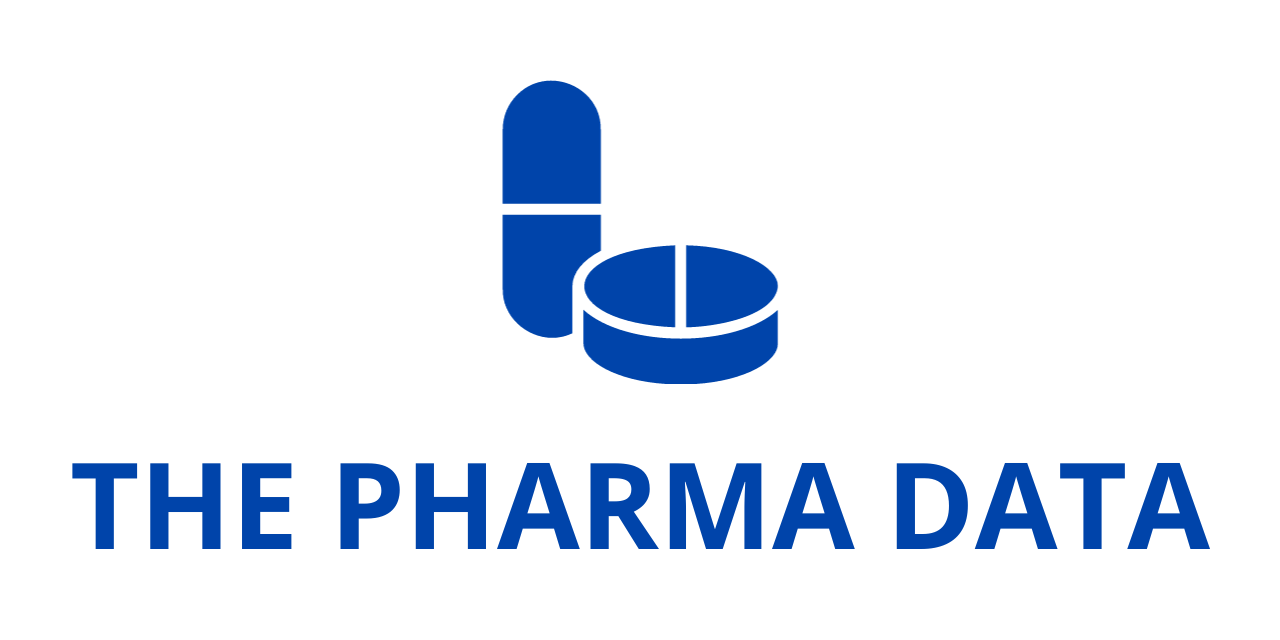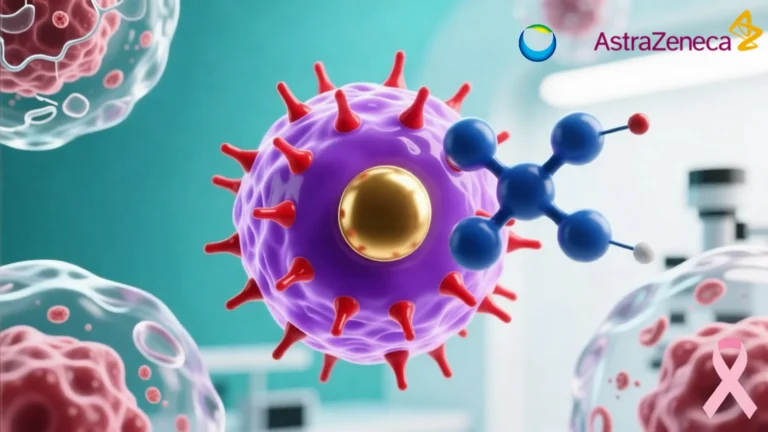
A recent World Health Organization (WHO) study, published in eBioMedicine, has identified 17 priority pathogens that are endemic in various communities and urgently require new vaccines. This marks WHO’s first global effort to systematically prioritize endemic pathogens for vaccine development, using criteria like regional disease burden, risks from antimicrobial resistance, and socioeconomic impact.
The study reinforces the need for continued vaccine research and development (R&D) for long-standing health threats like HIV, malaria, and tuberculosis, which together claim nearly 2.5 million lives each year. Additionally, the research highlights pathogens such as Group A streptococcus and Klebsiella pneumoniae as critical targets across all regions due to their rising resistance to antimicrobial treatments.
“Decisions on new vaccines have too often prioritized financial returns over lives saved in vulnerable communities,” said Dr. Kate O’Brien, Director of WHO’s Immunization, Vaccines, and Biologicals Department. She emphasized that this study draws on extensive regional expertise and data, focusing on vaccines that could not only alleviate the high disease burden on communities but also reduce medical expenses for families and health systems.
To form this list, WHO collaborated with international and regional experts who identified key factors for vaccine prioritization. The combined preferences and regional data produced a consolidated list of 17 pathogens most urgently needing new vaccine solutions across WHO regions.
This global priority list for vaccine R&D aligns with WHO’s Immunization Agenda 2030, aimed at ensuring equitable vaccine access worldwide. It provides a transparent, evidence-based foundation to guide research, funding, and manufacturing decisions, giving researchers, funders, and manufacturers a clearer focus on vaccines with the potential for the greatest health impact.
The initiative complements WHO’s R&D Blueprint for epidemics, which addresses pathogens that could cause future pandemics, such as COVID-19 or SARS. The report supports WHO’s mission to identify key immunization needs, especially in low- and middle-income countries, and to set a strategic direction for advancing vaccine development against pathogens with significant public health and economic impacts.
WHO’s Priority Pathogens List for Vaccine R&D
Vaccines for the following pathogens are at various stages of development:
Pathogens in need of new vaccines:
- Group A streptococcus
- Hepatitis C virus
- HIV-1
- Klebsiella pneumoniae
Pathogens requiring further vaccine development:
- Cytomegalovirus
- Broadly protective influenza virus
- Leishmania species
- Non-typhoidal Salmonella
- Norovirus
- Plasmodium falciparum (malaria)
- Shigella species
- Staphylococcus aureus
Pathogens nearing regulatory or policy milestones:
- Dengue virus
- Group B streptococcus
- Extra-intestinal pathogenic E. coli
- Mycobacterium tuberculosis
- Respiratory syncytial virus (RSV)
The WHO’s comprehensive prioritization of these pathogens aims to accelerate global efforts to develop vaccines that can better protect communities worldwide from endemic diseases.




